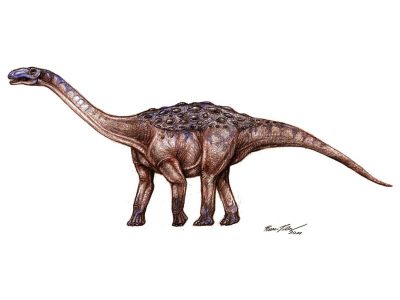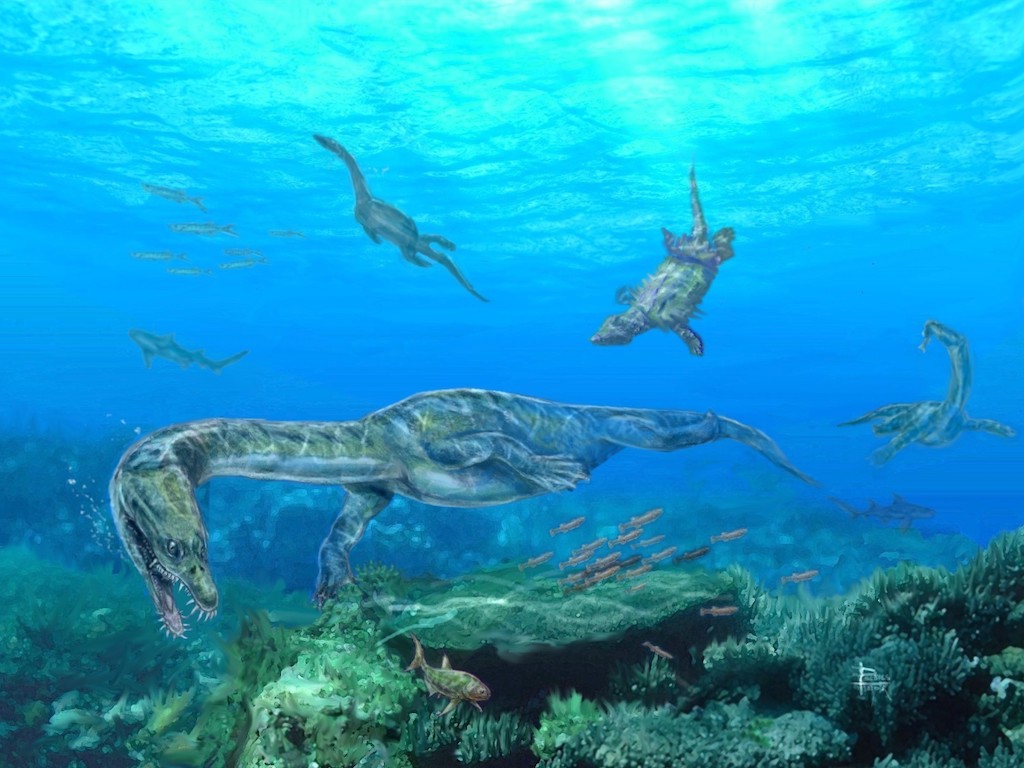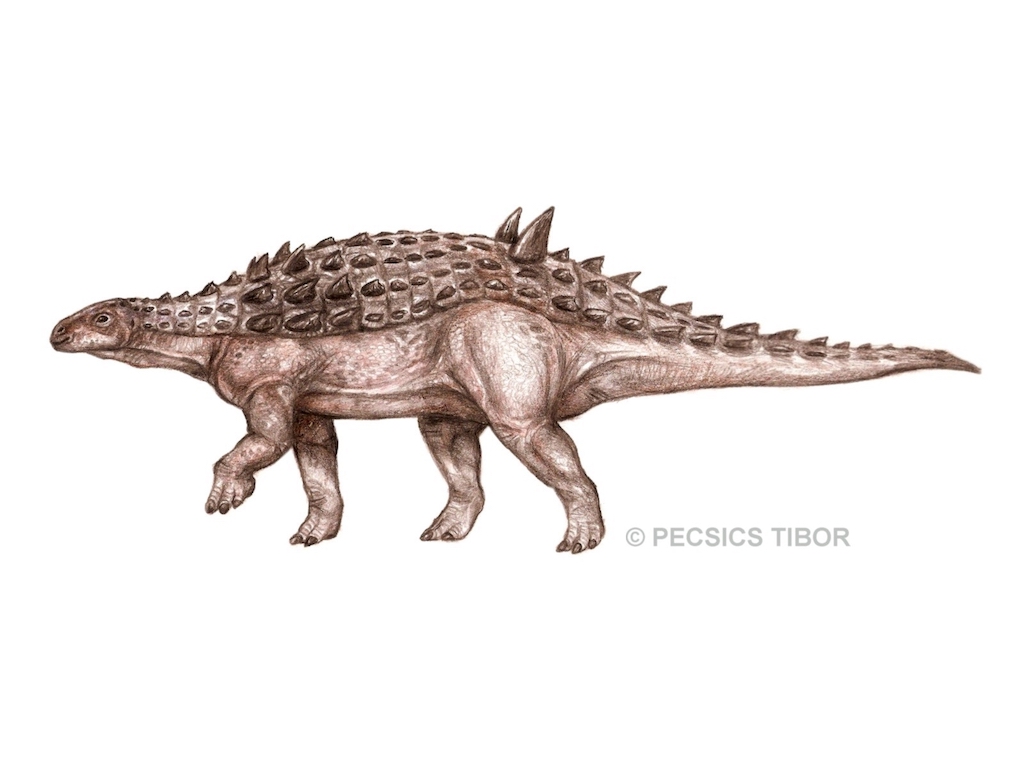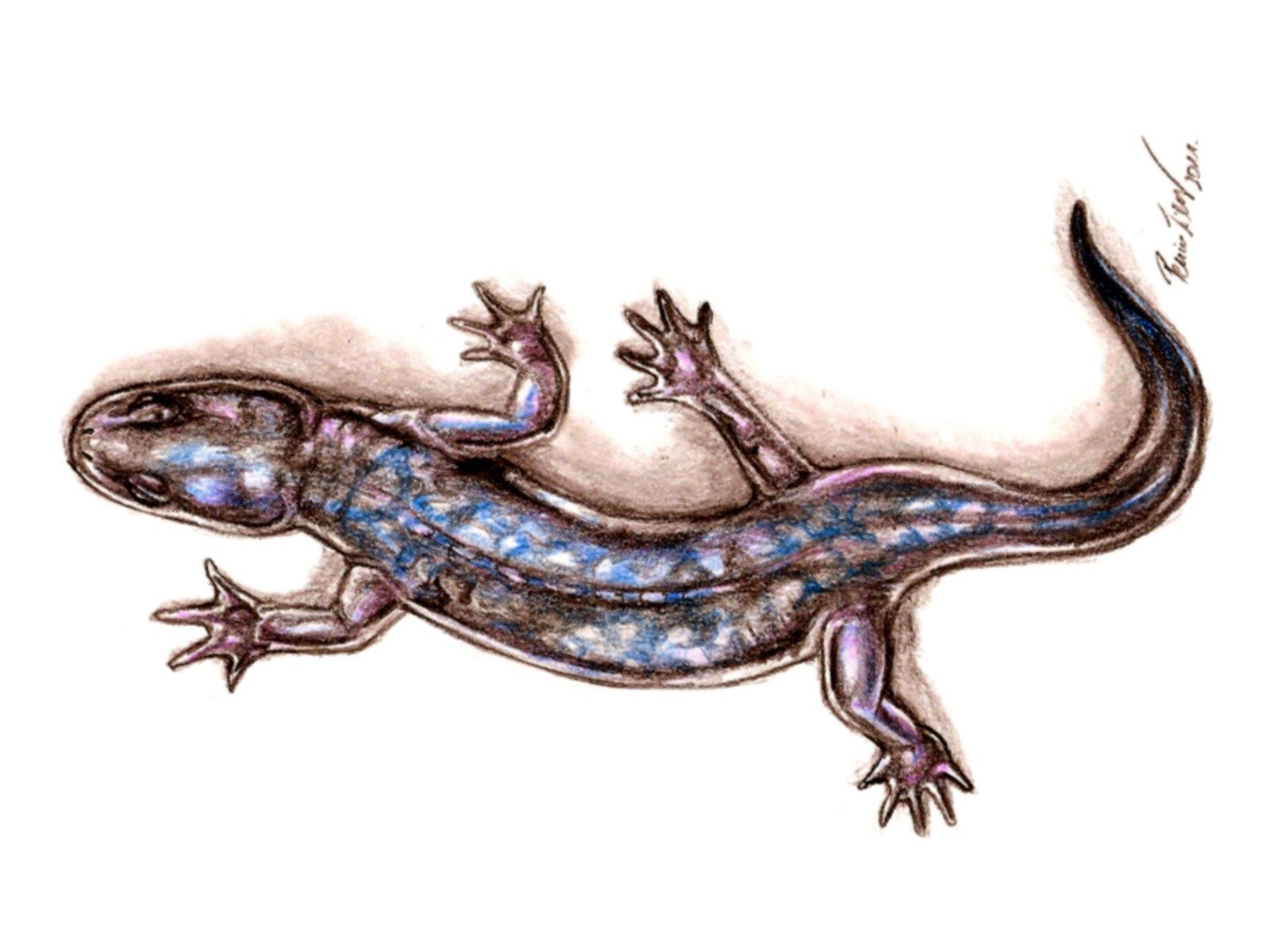
Gars (Lepisosteidae)
Gars (Lepisosteidae) are an extant family of actinopterygian fishes, living exclusively on the western hemisphere…

Based on the findings collected from the Late Cretaceous of Europe, it was assumed that an approximately 22 million years long period, known as the “Sauropod hiatus”, persisted from the Middle Cenomanian to the Late Campanian period (from 96 million years ago to 74 million years ago). This means that no fossils have been found in European sites, that belong to Sauropods. Based on this phenomenon, the researchers concluded that during this period they became extinct from the European archipelago and only later conquered this area again. This theory began to disintegrate when they found Sauropod footprints from that period in certain areas of Italy and Croatia. However, these footprints alone were not conclusive evidence, as they may even have belonged to a migratory event. Thus the only Sauropod tooth that has been unearthed from the Iharkút site is the first body fossil from the Sauropod hiatus from these animals. This tooth with the footprints mentioned before can also help to understand the European context of this significant group.

Gars (Lepisosteidae) are an extant family of actinopterygian fishes, living exclusively on the western hemisphere…

The rock layers of the Middle Triassic Templomhegy Dolomite Member on Somssich Hill (Villány) – which were deposited in a shallow marine environment…

For a long time it was thought that the Iharkút dinosaur fauna included only one armored dinosaur…

Albanerpetontids are salamander-like amphibians, the sister-group of salamanders and frogs and they lived during the Middle Jurassic to the Pliocene…